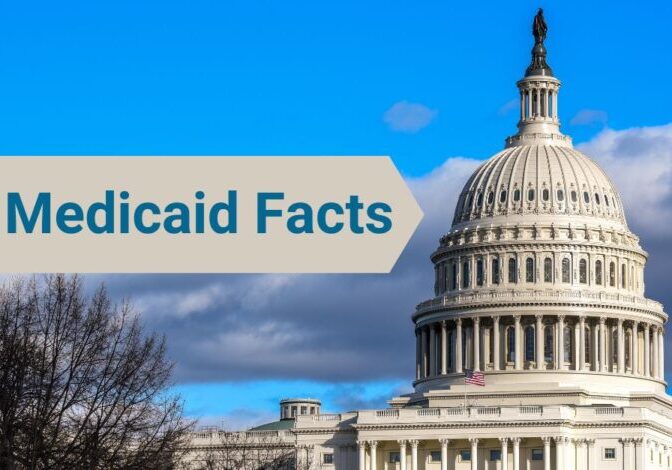Confused About Medicaid? 12 Facts You Need to Know

Medicaid has been in the news recently, amidst leadership changes in Washington, D.C.
The Medicaid program is an important part of the U.S. healthcare system, but many people don’t know much—if anything—about it. For many American families, it is a lifeline. It provides insurance coverage for people who don’t get benefits from a job, and may not have any other way to pay for healthcare.
Healthcare is complicated. It’s also increasingly political. Rather than getting caught up in confusion or even misinformation, get the facts. Here are 12 things to know about Medicaid:
- It is a government-subsidized health insurance that covers more than 79 million lower-income Americans.
- One in five Americans is covered, including 40%—or 38 million—of children. That proportion varies by state. One-third of New Mexico residents are enrolled, but just 11% of Utah residents are.
- The median income to qualify is 138% of the federal poverty level (FPL), or just about $21,500 for an individual. But income eligibility varies by state. In Texas, the income threshold to qualify is 15% of FPL, or just $3,873 per year for a family of three.
- Just being low income doesn’t automatically qualify someone. Other factors, such as age, gender, health condition, and disability status affect someone’s eligibility. For example, a single adult may not qualify while a parent with the same income might.
- Undocumented immigrants are not allowed to be covered by Medicaid.
- Most (61%) people on Medicaid (who are not kids or elderly people) work full- or part-time.
- While Americans on private health insurance pay monthly premiums, deductibles, and copayments, most states do not impose these costs on Medicaid members. There are federal rules about how much states can require people to pay for their own care.
- 12.5 million Americans qualify for both Medicaid and Medicare. Most are elderly, but 37% are younger (under age 65) and qualify based on a disability.
- Medicaid helps certain seniors pay for care that Medicare doesn’t cover, such as nursing home care. There are income and asset limits for people over 65 to qualify.
- Some people think Medicaid is run and paid for by the federal government. Actually, it’s administered by the state and paid for in a federal-state partnership. The federal government paid 69% (more than $600 billion) of costs in 2023. The states covered 31% of costs, or about $275 billion.
- Some states pay a greater share of costs than others. The poorer the state, the more the federal government picks up. In a state like Mississippi, the federal share is 76%, compared to 50% in wealthier states like New York and California.
- The Affordable Care Act (“Obamacare”) gave states incentives to expand Medicaid eligibility. As of 2024, all but 10 states had expanded eligibility. Some of the poorest states, such as Mississippi and Alabama, chose not to expand Medicaid.
Chances are, you know someone who is covered by Medicaid or has a loved one who is. By arming yourself with information, you can sift fact from fiction and educate yourself on how the U.S. healthcare system really works. If you need help navigating Medicaid, or any health insurance plan, we can help.
